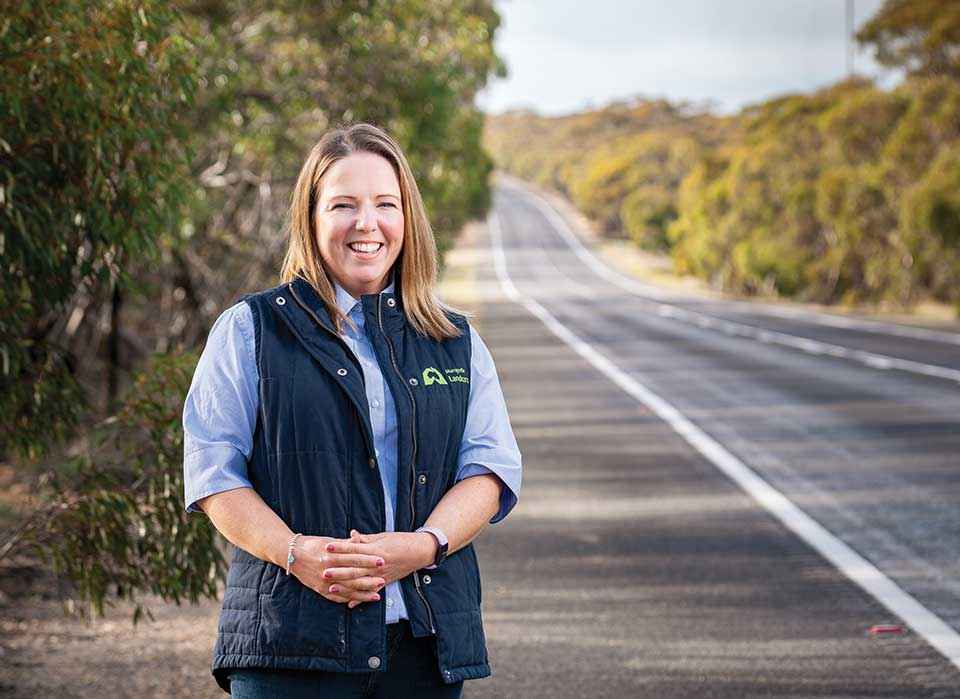Victorian Landcare Magazine - Spring 2020, Issue 79

Landcare facilitators and committee members across Victoria have been able to participate in governance training organised by Mallee CMA and delivered by webinar.
The training was originally intended to be conducted in person to support local groups. The Mallee CMA region is the largest catchment in the state, covering nearly 2.5 million hectares of agricultural land. Most of the work of Mallee Landcare groups is rabbit and weed control, particularly on roadsides.
Forty-three per cent of the catchment is public land, including four national parks, extensive state forests, 500 small reserves, and more than 6000 registered Aboriginal features/sites. On-ground Landcare works within the Mallee CMA occur in environmentally and culturally sensitive areas, so groups need to be operating as effectively as possible and have appropriate processes and procedures for the delivery of on-ground projects in place.
According to Nelson Burand-Hicks from the Mallee CMA, when the governance training was moved to webinar due to COVID-19, all groups across the state were offered an opportunity to join.
“The training was aimed at increasing the capacity of groups to be effective through giving them guidance, direction and ideas,” Nelson said.
Two governance webinar sessions were held in May with 70 participants. The sessions were recorded and are now available to other Landcare members within the Mallee and across Victoria by contacting Nelson Burand-Hicks.
The training sessions explored a range of governance topics, including the role of those who govern community organisations, understanding community organisational rules, and charity and tax status and obligations.
The training used scenarios focused on common challenges for groups, including liability, health and safety laws, and conflict of interest.
According to Murrayville Landcare Group Facilitator, Fiona Willersdorf, the training helped her to understand her group’s structure and the committee members’ responsibilities as they relate to their primary work of rabbit and pest plant control.
“At the moment, we have a map of Murrayville and we focus on different areas depending on the funding we have. It never stops, but you can see from the records that the rabbits are reducing every year and the funding is going further,” Fiona said.
“Communicating regularly with farmers, particularly those neighbouring public roadsides, is one of the best ways to ensure our group is effective and efficient. For example, we have a great contractor and liaise with him regularly. He is able to give us some feedback and advice about the areas we could target,” she said.
The webinar format was well received by Mallee participants where distance can be a challenge when accessing training opportunities. Landcare group committee members and Landcare facilitators across Victoria can access the training by contacting Nelson Burand-Hicks at Mallee CMA.
Megan Frankel-Vaughan is a Mildura journalist.
For more information contact Mallee CMA’s Regional Landcare Coordinator Nelson Burand-Hicks at Nelson.Burand-Hicks@malleecma.com.au